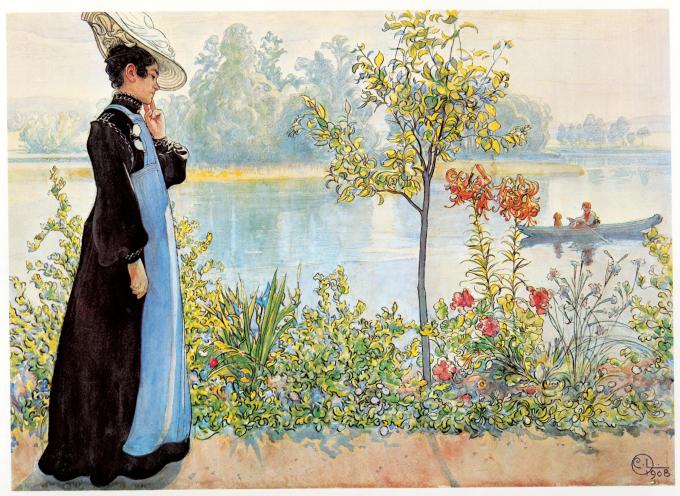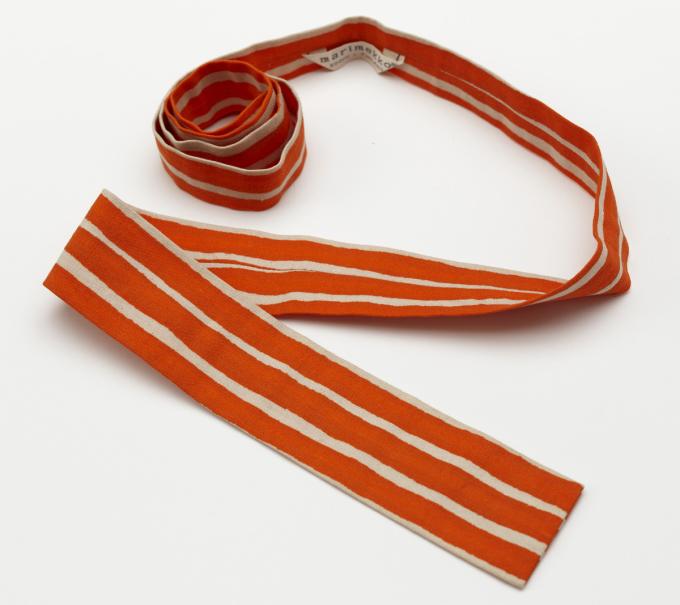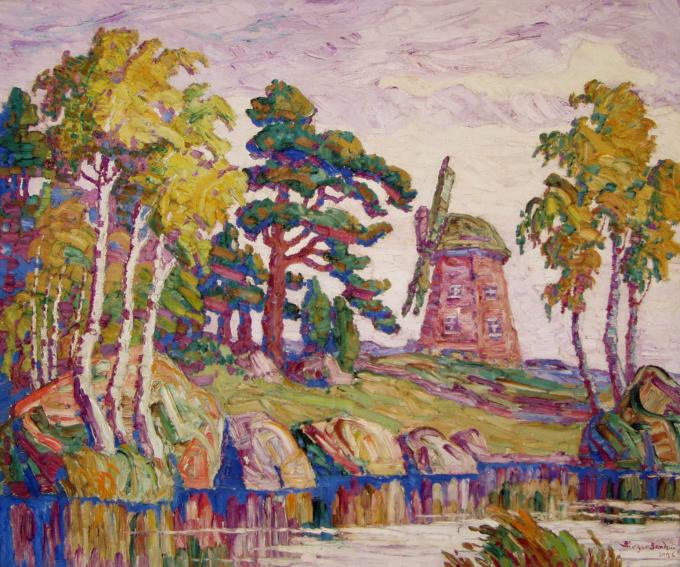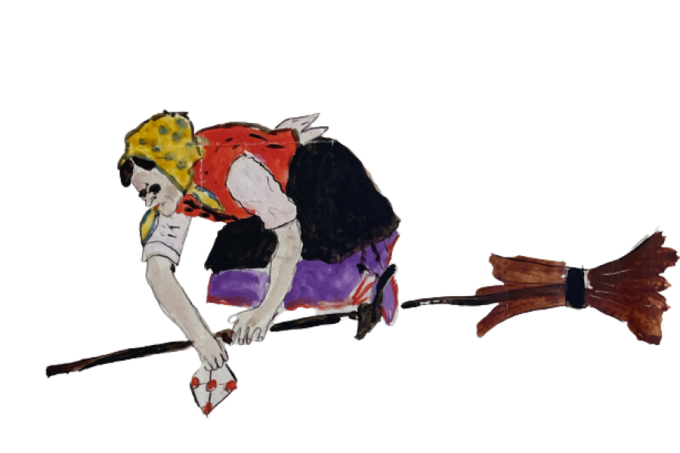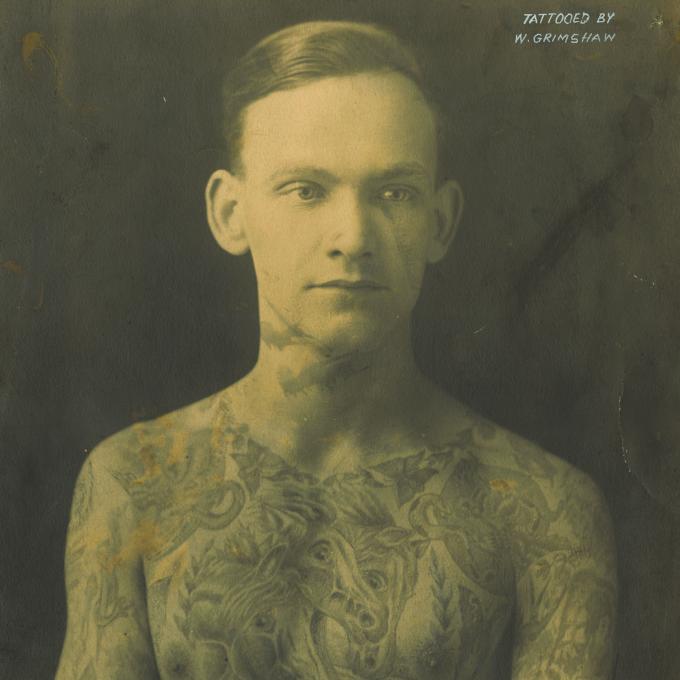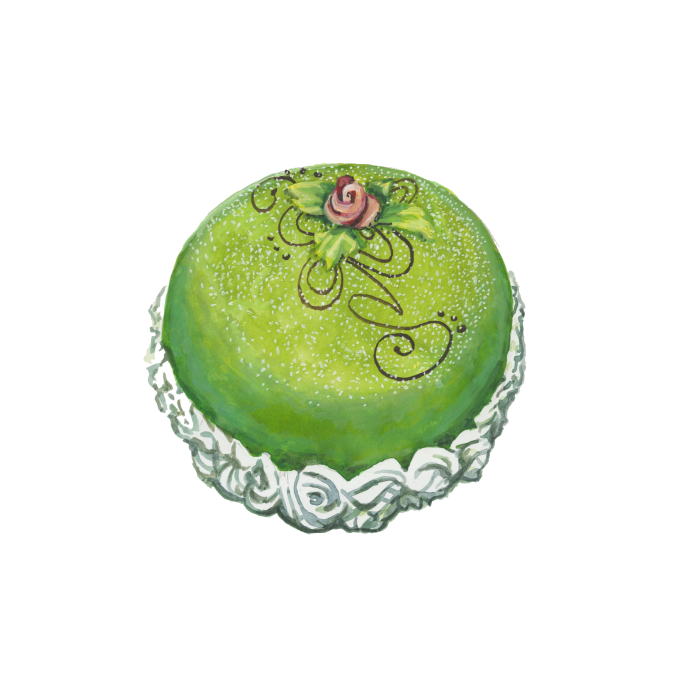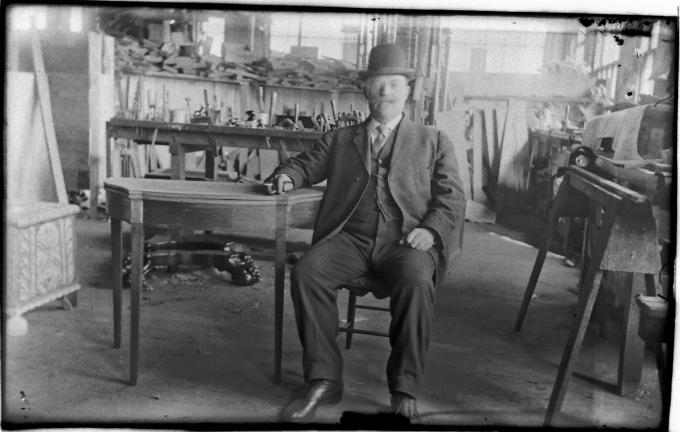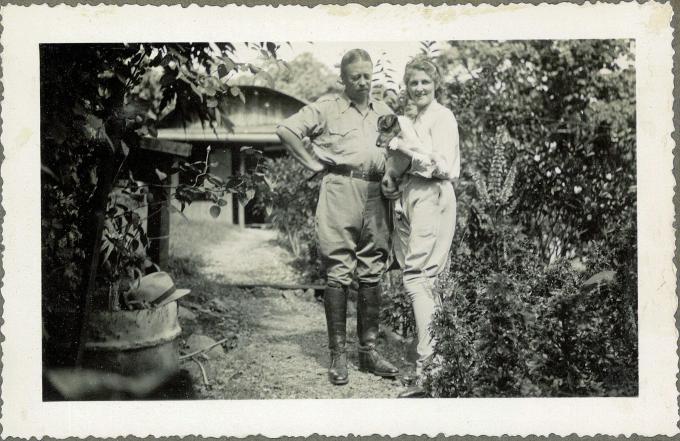While weaving rugs for the Larsson family’s home, a weaver happened to make a mistake urging Karin Larsson to remark “Continue… let the hand be seen”.
From the age of the Vikings to the settlers of the New Sweden Colony (1638-1655), to contemporary issues in Scandinavian society, the American Swedish Historical Museum will take you back in time and across the sea to learn the stories of Swedes in America.
Past Exhibitions
For over 70 years, Marimekko has infused art into the clothes and interiors of our everyday lives. Rising from the ashes of WWII, Marimekko’s colorful fabrics and openness to experimentation brought together the textile traditions of Finland with innovative and bold designs based on the changing tastes and aesthetics of the contemporary art world.
The American Swedish Historical Museum is proud to present Art for All: The Swedish Experience in Mid-America, an exhibition of paintings and sculptures by Swedish-American artists in the late-19th and early-20th centuries. This colorful and emotive impressionist art reflects its own time, interprets nature and landscape, and is independent of artificial conventions while keeping Swedish folk traditions alive.
Discover the Swedish mumming tradition of the Easter Witch (påskkäring) through a family’s handmade Easter letters (påskbrev). This exhibition will trace the traditions of the Easter Witch from the persecution of witches in the 18th century to the present-day celebration where children travel door-to-door collecting candy. Easter letters given to children during the holiday brought joy and fear, as the frightening images depicted witches flying to Blåkulla (Blue Hill), where they danced and dined with the Devil.
For more than 5,000 years, tattoos have helped document the history of humanity one painful mark at a time. Tattoo: Identity Through Ink tells the story of why people have adorned their bodies with tattoos, from practices in Indigenous cultures to sailors in the 19th century to motorcycle gangs in the 1960s, to athletes and celebrities today. The exhibition showcases the last 150 years of tattooing in America, from the sideshows in the early part of the 20th century to modern celebrity tattoos.
Fika is life! When people fika (fee-ka), they take a break, unwind, or just enjoy each other’s company. They share conversations over a delicious cup of coffee and eat customary Swedish or other favorite pastries. This September, the American Swedish Historical Museum is pleased to present an exhibition of original watercolors by Jan Padover featuring various desserts traditionally served during fika. Learn about Sweden’s long history with coffee and how these foods became a treasured pastime loved by people all over the world.
This exhibition organized by the American Swedish Historical Museum reunites the workshop and wares of Olof Althin (1859-1920), an immigrant cabinetmaker and antiques restorer in turn-of-the-century Boston. Throughout his life, Althin navigated the intersections between immigrant and American, reproducer and restorer, and designer and maker.
Around the World: The Global Curiosities of Carl Otto Lindberg explores the life of a Swedish-American mining engineer. Born near Stockholm, Carl Otto Lindberg (1879 - 1960) immigrated to the United States as a young man, after attending the Royal Swedish War Academy. After graduating from the Michigan College of Mines in 1906, he entered the mining business. Lindberg spent the height of his career as the head of the Gold Fields American Development Company.

